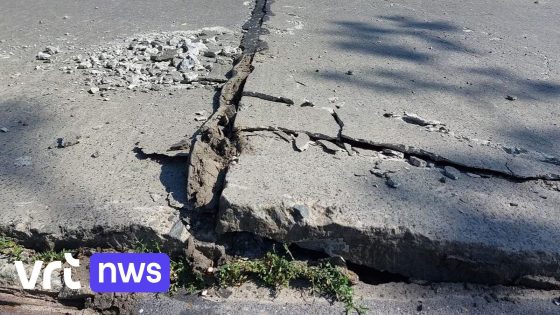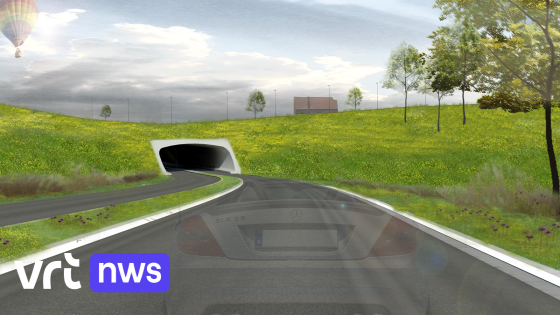On 2025-07-02 16:23:00, reports confirmed that the E313 highway in Limburg experienced significant road surface damage due to extreme heat. The heat caused the asphalt to buckle, creating dangerous driving conditions for commuters and transporters alike. This issue has raised concerns about the durability of the E313’s infrastructure during summer heatwaves.
- Wegdek E313 in Limburg omhoog gekomen
- Hitte veroorzaakt schade aan wegdek
- Oude betonlaag ligt onder asfalt
- Zwakke plekken bij gewapend betonvoegen
- Agentschap Wegen en Verkeer meldt oorzaak
According to the Flemish Agency for Roads and Traffic (Agentschap Wegen en Verkeer), the problem stems from the old concrete layer beneath the asphalt. The joints between the reinforced concrete slabs are particularly vulnerable, leading to the road surface lifting in several spots. How can this affect daily travel in Limburg, and what measures are being taken?
Understanding the root cause helps explain why this problem is recurring during hot weather, and it highlights the need for timely repairs. Let’s explore the key facts behind the E313 road damage and what it means for local drivers.
Why does the E313’s road surface buckle under heat? The old concrete base is less flexible and cracks at the joints, which weakens the road’s integrity. This raises important questions about infrastructure resilience and maintenance priorities in Belgium:
- How often is the E313 inspected and repaired to prevent heat damage?
- Are there plans to replace or reinforce the aging concrete base?
- What alternative routes can drivers use during repair works?
As summer progresses, authorities must accelerate repair efforts and consider long-term upgrades to the E313. Drivers should stay informed about road conditions and plan for possible delays. Could this be a turning point for modernizing Belgium’s critical transport routes?
































